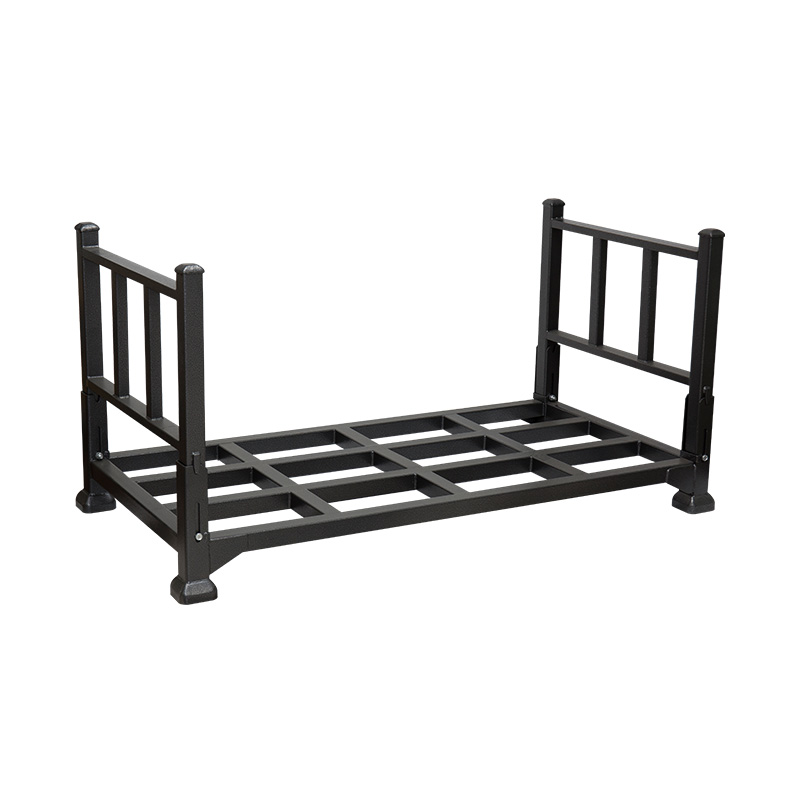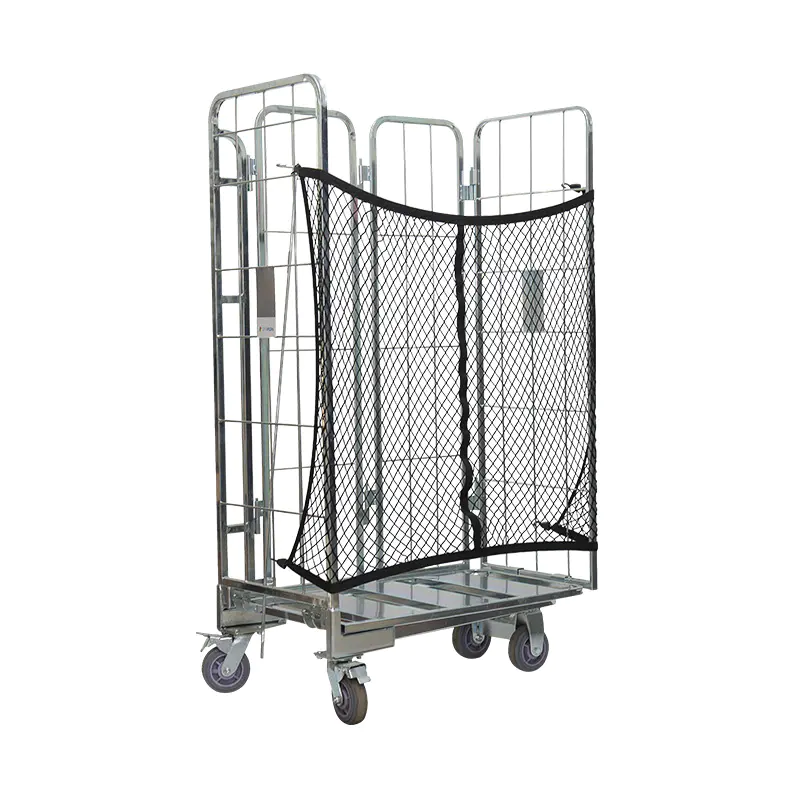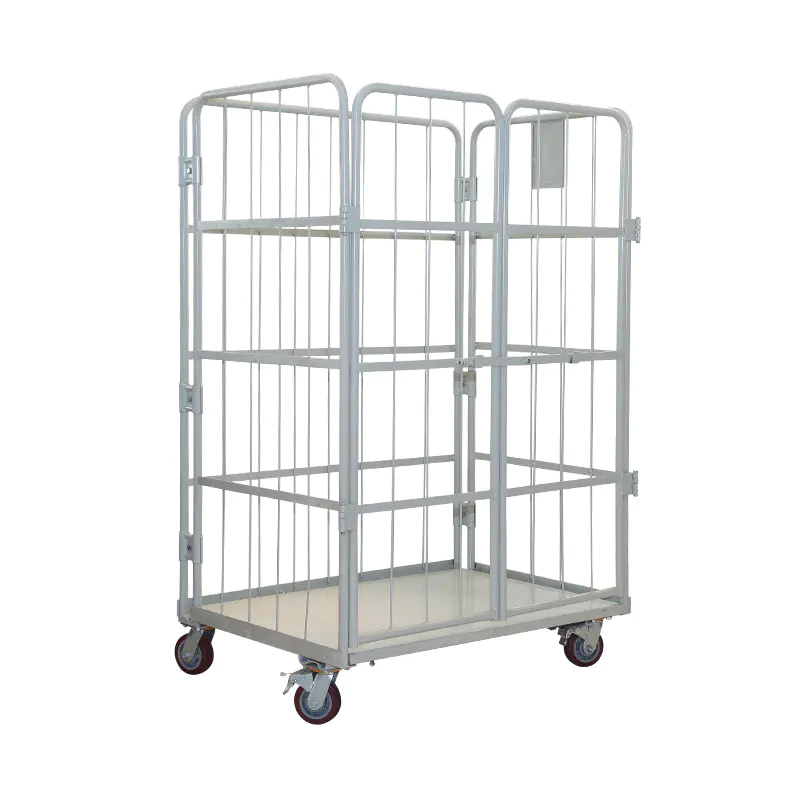Don't hesitate to send a message
Web Menu
Product Search
Exit Menu
How Can Galvanized Nestable Foldable Roll Containers Revolutionize Your Supply Chain?
The logistics and warehousing industries are constantly evolving, driven by the need for efficiency, cost reduction, and sustainability. Among the innovations making a significant impact are galvanized nestable foldable roll containers, which combine durability, space optimization, and adaptability for modern supply chains. These containers address critical challenges in material handling, storage, and transportation, making them a preferred choice for industries ranging from automotive to retail.
Why Are Businesses Switching to Nestable and Foldable Roll Containers?
Traditional logistics solutions often rely on rigid, non-collapsible containers that consume excessive storage space and increase transportation costs. In contrast, galvanized nestable foldable roll containers are designed to optimize space efficiency while maintaining structural integrity. Their ability to nest when empty and fold when not in use allows for up to 75% space savings compared to standard containers. This feature is particularly valuable in industries where storage and shipping expenses are major operational concerns.
Another key advantage is their construction from galvanized steel, which provides superior resistance to rust, corrosion, and wear. Unlike untreated metal or plastic alternatives, these containers withstand harsh environments, including outdoor storage and frequent washdowns in food processing or pharmaceutical applications. The longevity of galvanized containers translates into lower replacement costs and a higher return on investment over time.
Additionally, businesses benefit from improved workflow efficiency. The foldable design allows for quick setup and breakdown, reducing handling time in loading and unloading processes. When compared to traditional roll cages or fixed containers, the flexibility of these units makes them ideal for dynamic supply chains where storage needs fluctuate.
How Do Galvanized Roll Containers Enhance Sustainability in Logistics?
Sustainability has become a core focus in logistics, and nestable foldable roll containers contribute significantly by minimizing waste and reducing carbon footprints. Unlike single-use packaging or low-durability alternatives, these containers are built for long-term reuse, cutting down on material waste and disposal costs. Their galvanized steel construction ensures they remain functional for years, even under heavy use, aligning with circular economy principles.
Transportation efficiency is another major sustainability benefit. Because these containers can be nested or folded, companies can fit more units into a single shipment, reducing the number of trips required. This directly lowers fuel consumption and greenhouse gas emissions—a critical factor for businesses aiming to meet environmental regulations and corporate sustainability goals.
Furthermore, the recyclability of galvanized steel makes these containers an eco-friendly choice at the end of their lifecycle. Unlike plastic alternatives, which often end up in landfills, steel containers can be fully recycled without degradation in quality. This closed-loop material usage further enhances their appeal for environmentally conscious organizations.
What Makes These Containers Ideal for Heavy-Duty Applications?
Industries such as automotive, agriculture, and manufacturing demand robust material handling solutions that can endure heavy loads and frequent use. Galvanized nestable foldable roll containers excel in these environments due to their high load-bearing capacity and reinforced construction. The galvanization process adds a protective zinc coating, preventing rust even in humid or corrosive conditions—essential for sectors like seafood processing or chemical storage.
A key advantage in heavy-duty settings is their stability when stacked. Unlike flimsier alternatives, these containers maintain structural integrity even when fully loaded and placed in multi-tiered configurations. This reduces the risk of workplace accidents and product damage, improving overall safety in warehouses and distribution centers.
Moreover, their compatibility with forklifts, pallet jacks, and conveyor systems ensures seamless integration into existing workflows. The smooth-rolling casters (often available in swivel or rigid configurations) enhance maneuverability, even in tight spaces, making them indispensable for high-volume operations.
Are Foldable Roll Containers the Future of Automated Warehousing?
As warehouses increasingly adopt automation, the demand for logistics equipment that integrates with robotic systems grows. Nestable foldable roll containers are well-suited for this shift due to their standardized dimensions and compatibility with automated guided vehicles (AGVs) and robotic palletizers. Their uniform design allows for predictable handling by machines, reducing errors in sorting and retrieval processes.
Another forward-looking feature is their adaptability in reverse logistics. E-commerce and retail sectors, which handle high volumes of returns, benefit from containers that can be quickly folded and stored when not in use. This flexibility helps companies manage fluctuating demand without sacrificing storage space.
Looking ahead, advancements in smart logistics—such as RFID tagging and IoT-enabled tracking—could further enhance the functionality of these containers. Embedding sensors to monitor load weight, location, or condition would provide real-time data, optimizing inventory management and reducing losses.
Comparison Table: Nestable Foldable Roll Containers vs. Traditional Alternatives
| Feature | Galvanized Nestable Foldable Roll Containers | Traditional Rigid Containers |
|---|---|---|
| Space Efficiency | Up to 75% space savings when nested/folded | Fixed size, no compression |
| Durability | Galvanized steel resists rust and corrosion | Prone to rust (if metal) or cracking (if plastic) |
| Transport Cost | More units per shipment due to foldability | Higher freight costs (fixed volume) |
| Lifespan | Longer due to corrosion-resistant coating | Shorter, frequent replacements |
| Automation Fit | Compatible with AGVs and robotic systems | May require manual handling |
-
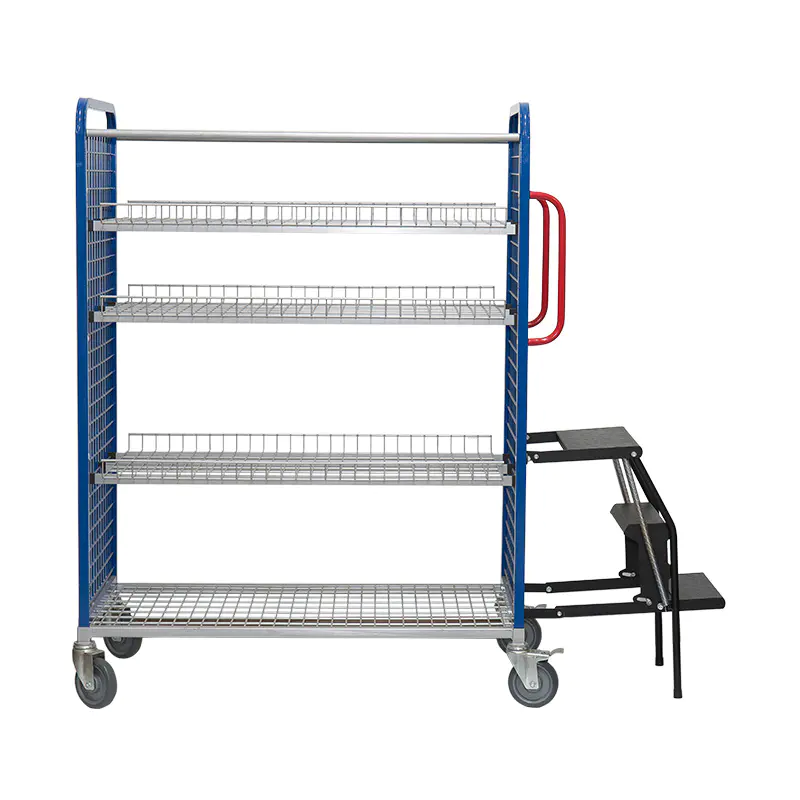
Product specification:This Warehouse wire mesh Multi-Tier Order Picking Trolley adopts a chassis and side panel structur...
See Details -
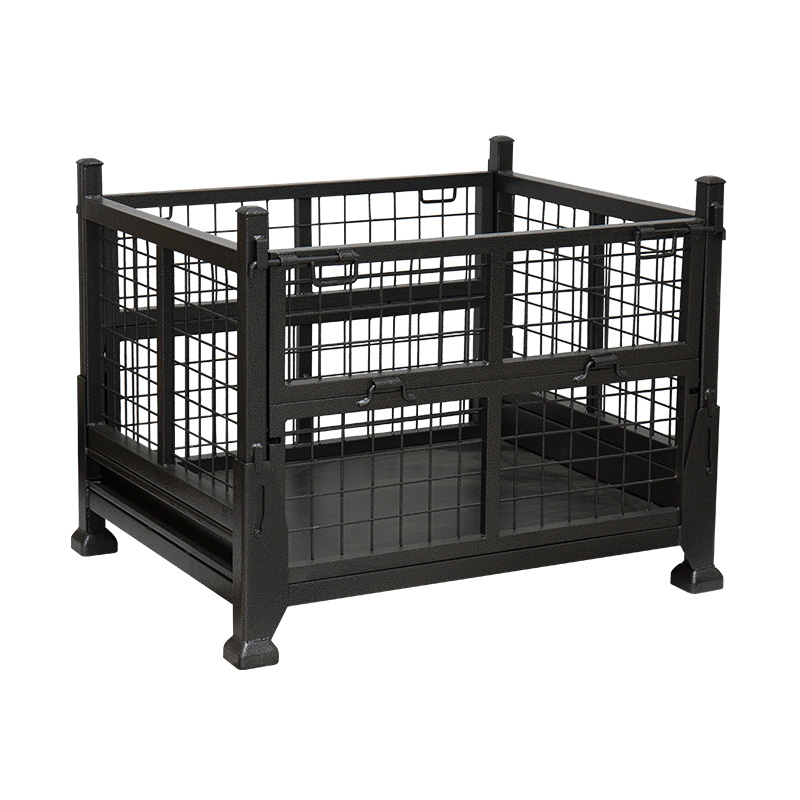
Foldable pallet cages are an important tool in factory logistics. They play an important role in transportation, distrib...
See Details -
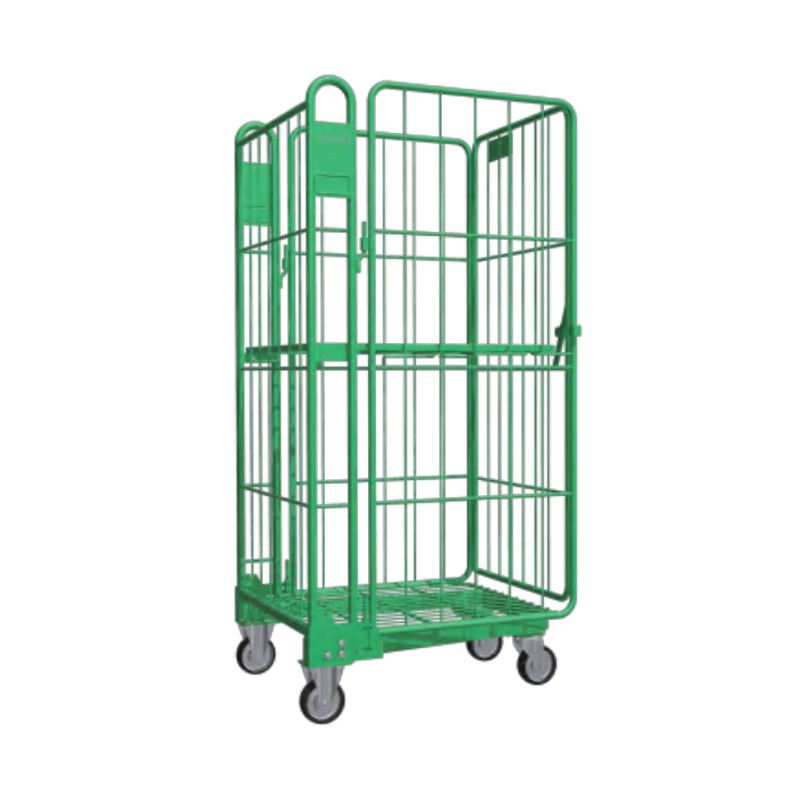
Product specification:The chassis is made of a square tube frame, with a bottom metal sheet tray that can be folded up a...
See Details -
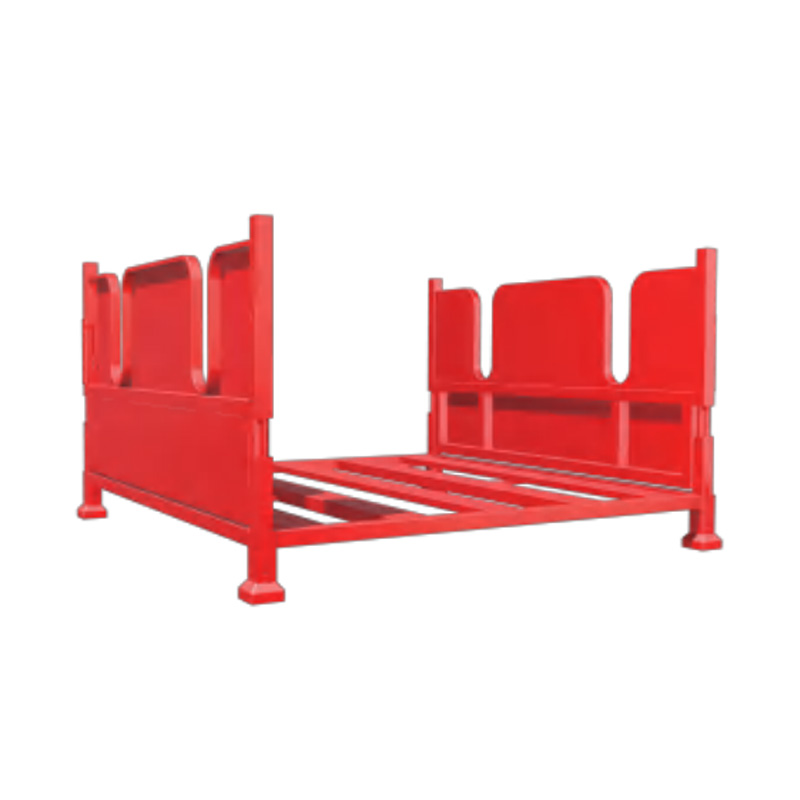
Stacking rack, also known as Qiaogu rack or stacking rackIt is a transportation and storage device derived from pallets ...
See Details -
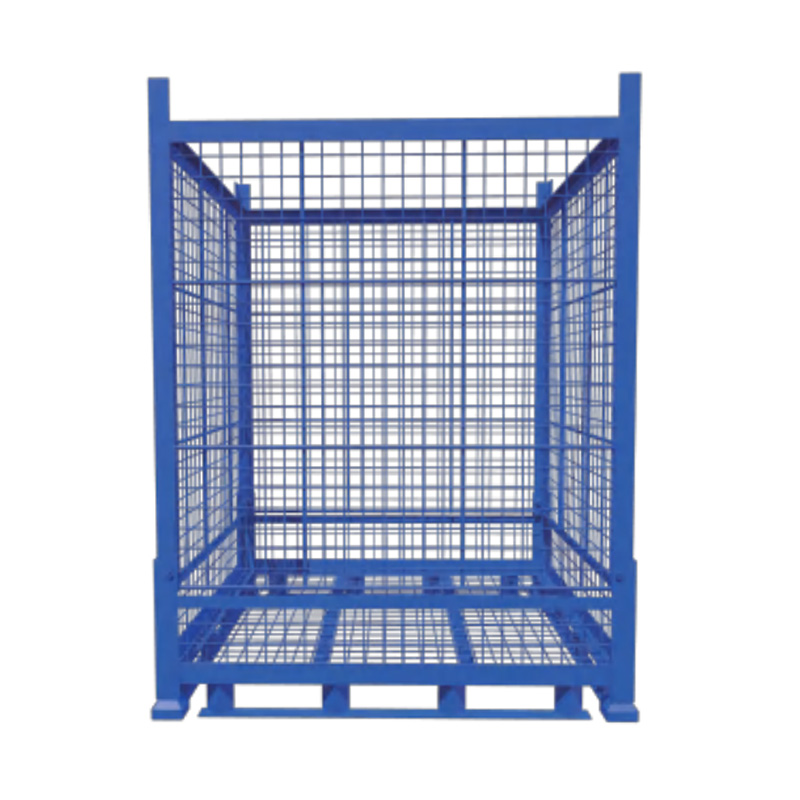
Product specification:Container structure made of L-Type plate frame with 50×50 wire mesh, with base support.Surface tre...
See Details
-
Building B5, No. 138, Weixi Road, Weixi Village, Weitang Town, Xiangcheng District, Suzhou City, China.
-
Tel:
+86-13862140414
+86-13951110334 -
Phone: +86-512-65905480

